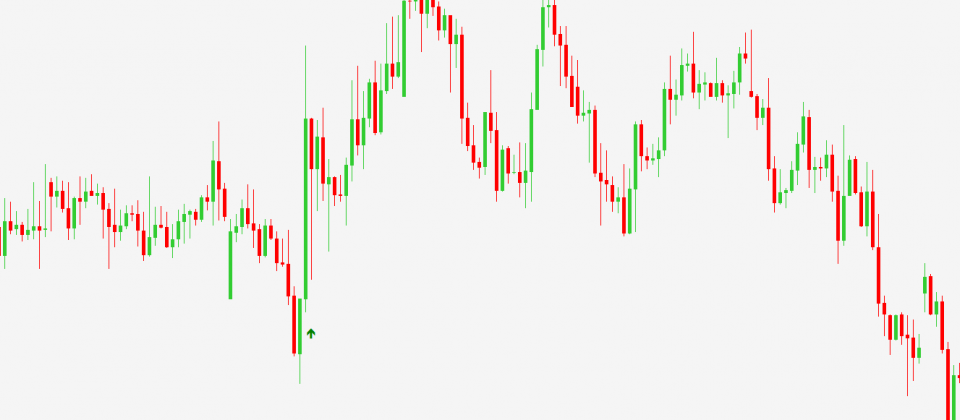6 Hedge Fund Strategies

If you’ve been trading in currencies, you will be familiar with how volatile the forex market can be. This volatility, while throwing up a host of opportunities, increases risk in equal measure. The good news is that it can be dealt with by adopting hedging strategies that act as insurance to your trades. A good hedging strategy helps you maintain your financial health. The easiest way to do so is to invest in a hedge fund, which is a pool of investments that manages risk with a wide variety and volume of trades. Another option is to get well-versed in trading strategies adopted by hedge funds and use them for yourself to make some good trades. Sounds like an attractive proposition, doesn’t it?
Role of Hedge Funds
Hedge funds form a significant part of the forex market and are known to generate hefty returns, while keeping investor’s money relatively safe. So, how do they do that? The answer lies in the various trading strategies adopted by these funds to make the best of the price differences between different currencies and take advantage of inefficiencies in the market. Not all hedge funds adopt the same type of trading strategies. While some may put emphasis on arbitrage situations, others may focus on more specific situations, and some may even use complicated dual long/short investment strategies.
Although hedge funds work like mutual funds, they are less regulated, have more stringent minimum investment requirements and pursue more flexible and potentially risky strategies. Another thing to be careful about when investing in hedge funds is that they operate with far less disclosure.
Common Trading Strategies of Hedge Funds
While no specific strategy can be said to be the secret of a hedge fund’s success, some widely used strategies include:
- Long/Short Strategy: A relatively low risk leveraged bet, this strategy calls for maintaining long and short positions, while buying currencies that appear to be undervalued and selling ones that are overvalued. An extension of the pairs trading technique, this strategy calls for pledging long positions in winner currencies as collateral to fund short positions in the losing currencies. The long/short strategy reduces market risk, since the shorts offset the long market exposure.
- Market Neutral Strategy: Some hedge funds reduce the risk involved further by having equal long and short positions. This market neutral strategy not only involves lower risk but also offers lower returns.
- Strategies Based on Macro Economic Trends: These are also popular amongst many hedge funds. An analysis of the trends and their impact on the currency values and exchange rates is quite useful in making investments.
- Foreign Currency Options: This is also a popular trading strategy adopted by several hedge funds. This means you can buy or sell a currency at a set date in the future but there is no obligation to be involved. This strategy provides the trader with some protection from shorter term trades. Some commonly used strategies using foreign currency options are the long-term straddle, long term strangle, bull spreads or bear spreads, and they are useful in limiting the potential losses on any given trade.
- Momentum Strategies: Here, the historical patterns, such as moving averages, levels of support and resistance, etc, are analysed for clues as to whether a trade has reached its full potential or whether there is some more scope.
- Carry Style Strategy: This involves speculators borrowing in a currency they expect to depreciate and entail lower borrowing costs, and in turn use the funds to buy higher yield currencies, such as the US dollar.
These trading strategies may or may not yield results, depending on the overall economic trends and the monetary policies of the countries involved. Buying the US dollar, which was one of the most popular momentum and carry style trades in recent months, has flopped. While the traders were expecting fiscal stimulus and higher interest rates, scant policy details and the possibility of Europe and Japan exiting quantitative easing have negatively impacted the foreign currency market.
So, although hedge fund trading strategies are an effective tool to balance the volatility in the forex market, their success depends on varied factors, including government policies and the overall economic situation. Individual investors can learn these strategies and use them to their advantage since they deal in smaller trades that do not have a significant impact on the overall trend.
Disclaimer
If you liked this educational article please consult our Risk Disclosure Notice before starting to trade. Trading leveraged products involves a high level of risk. You may lose more than your invested capital.
A good hedging strategy helps you maintain your financial health. Traders do this by investing in a hedge fund or have diverse trading strategies adopted by hedge funds




